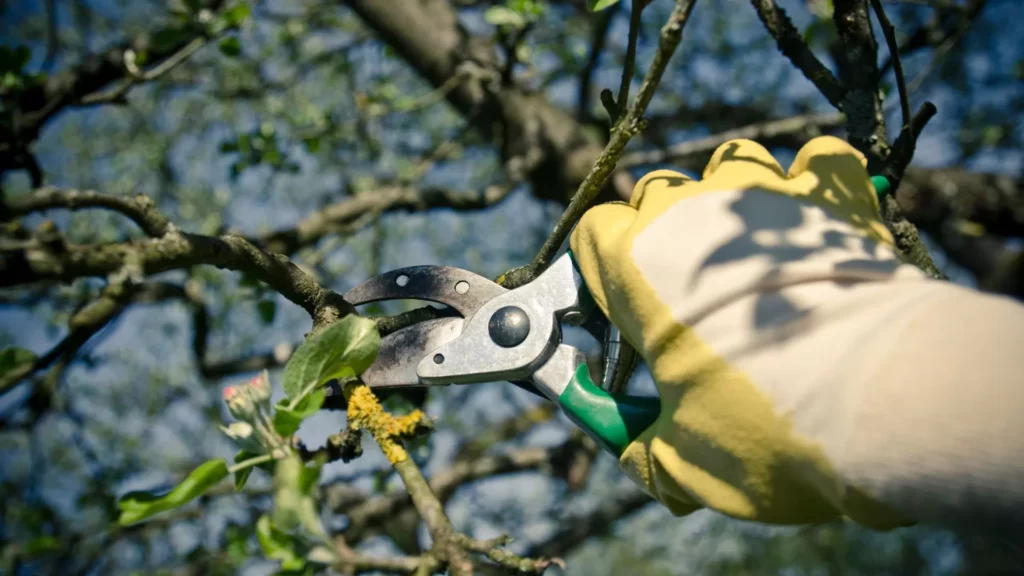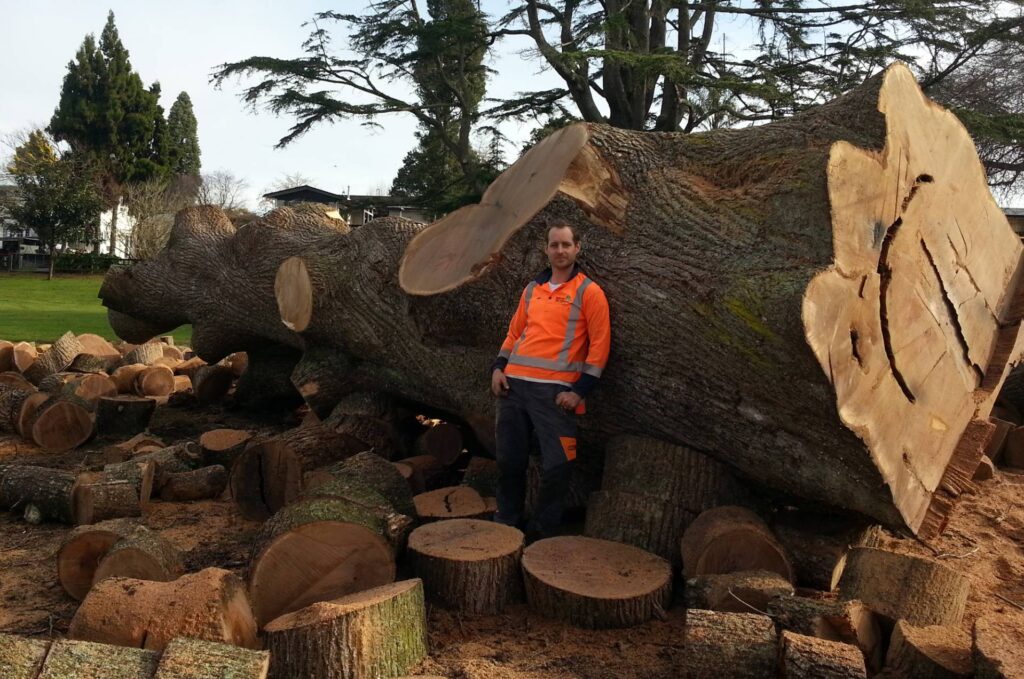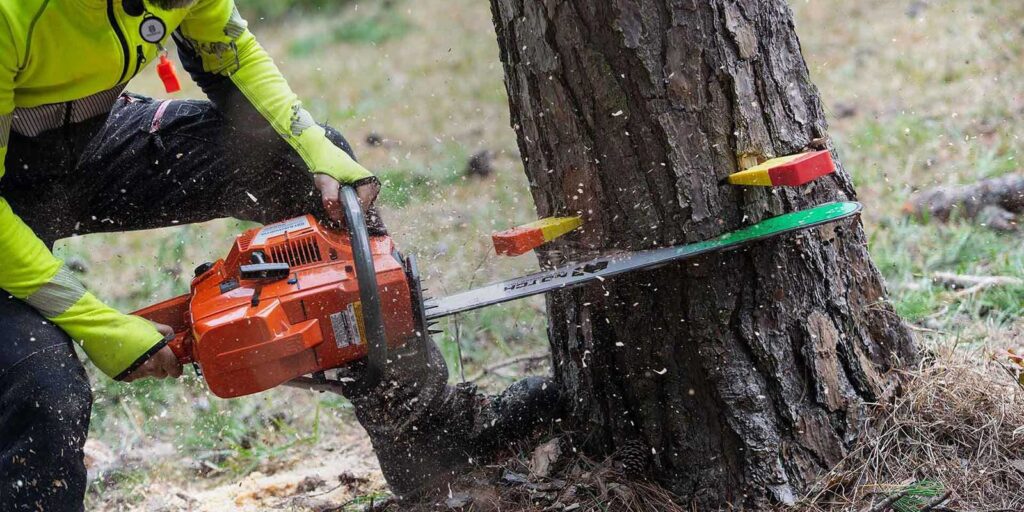Trees play a crucial role in the overall health and aesthetics of urban landscapes. They provide shade, reduce air pollution, and improve the visual appeal of our surroundings. However, there are situations where tree removal becomes necessary to ensure the safety of people and property. Understanding the importance of tree removal is essential for maintaining the wellbeing of our communities.
Understanding the Importance of Tree Removal
Urban landscapes benefit from the presence of trees. They contribute to a sense of tranquility and provide an oasis amidst the concrete jungle. Trees also absorb carbon dioxide, release oxygen, and filter pollutants from the air, promoting cleaner and healthier environments. Their shade helps reduce the temperature in urban areas and mitigate the effects of heat islands.
When it comes to tree removal inner west it is best to seek the expertise of a professional service. Hiring professionals ensures that the tree removal process is safe, efficient, and complies with all relevant regulations. There are several factors to consider when selecting a tree removal company.
Furthermore, trees play a crucial role in enhancing biodiversity within urban settings. They provide food and shelter for various species of birds, insects, and small mammals, contributing to the overall ecological balance. The presence of diverse tree species can create a rich and vibrant ecosystem within city limits, fostering a connection to nature for residents and visitors alike.
The Role of Trees in Urban Landscapes
Trees enhance the beauty of our neighborhoods and create a pleasant atmosphere. They provide habitats for wildlife, improve soil quality, and prevent erosion. Additionally, they offer privacy, reduce noise pollution, and increase property values. Trees are an integral part of any well-designed urban environment. Click here to learn more about noise pollution.
In addition to their aesthetic and environmental benefits, trees also play a significant role in improving mental health and well-being. Studies have shown that spending time in green spaces, surrounded by trees, can reduce stress, anxiety, and depression. The presence of trees in urban areas provides opportunities for relaxation, recreation, and physical activity, contributing to overall community health.
Risks Associated with Unmaintained Trees
While trees are beneficial, uncontrolled growth or neglect can pose risks to people and property. Overgrown branches can interfere with power lines or obstruct visibility on roads, leading to accidents. Diseased or decaying trees may become unstable and prone to falling, causing damage or injury. In such cases, tree removal is necessary to eliminate the potential hazards.
Regular tree maintenance, including pruning, trimming, and inspections, is essential to ensure the health and safety of urban trees. By addressing potential issues proactively, property owners and city officials can prevent accidents and property damage, preserving the many benefits that trees provide to urban environments. Proper tree care practices help maintain a harmonious balance between urban development and nature, creating sustainable and resilient cities for generations to come.

The Process of Safe Tree Removal
Tree removal should always be approached with caution to ensure the safety of both workers and the surrounding environment. Several steps are involved in the process, starting with an initial assessment and planning.
Initial Assessment and Planning
Prior to removing a tree, an arborist or tree removal professional will evaluate the tree’s health, structure, and surrounding conditions. They will consider factors such as accessibility, nearby structures, and potential risks. With this information, a detailed plan is created to guide the tree removal process.
Furthermore, the initial assessment may also involve checking for any wildlife habitats that might be affected by the tree removal. Arborists are trained to identify signs of nesting animals or insects, ensuring that appropriate measures are taken to protect any wildlife living in or around the tree.
Execution and Safety Measures
During the tree removal process, safety measures are paramount. Professionals will use specialized equipment and techniques to safely fell the tree in sections, minimizing the risk of damage to nearby structures or other trees. Protective gear, including helmets, safety glasses, and harnesses, will be worn to ensure the safety of the workers.
When a tree is removed, it can disrupt the visual harmony of a space, especially if it served as a focal point or provided shade and texture. To address this, one effective landscape restoration technique is to create a focal point elsewhere in the area. This could be achieved by installing a decorative garden feature, such as a water fountain or a sculpture, that draws the eye and adds interest to the surroundings.
Landscape Restoration Techniques
One approach to mitigating the visual impact of tree removal is to replant shrubs, flowers, or smaller trees in the area. This provides a seamless transition and keeps the landscape intact. Additionally, landscaping features such as mulch, rocks, or decorative elements can be incorporated to enhance the aesthetic appeal.
Another effective technique to consider is the creation of a new garden bed or flower border around the area where the tree once stood. This not only adds a pop of color and texture but also helps to redefine the space and create a sense of continuity in the landscape. By carefully selecting a variety of plants with different heights, colors, and blooming seasons, you can ensure year-round visual interest.
Selecting Suitable Replacement Flora
When choosing replacement plants, it is essential to consider factors such as soil type, sunlight exposure, and space requirements. Opting for native species will not only complement the surrounding environment but also contribute to local biodiversity. Consulting with a landscaping professional can help ensure the best selection and placement of replacement flora.
Moreover, incorporating plants that attract pollinators, such as butterflies and bees, can further enhance the ecological value of the landscape. By creating a habitat that supports pollinators, you not only add vibrancy and life to the area but also play a role in supporting essential ecosystem services. Selecting a mix of flowering plants that bloom at different times of the year can provide a consistent food source for these beneficial insects.
Legal and Environmental Considerations
Before proceeding with tree removal, it is imperative to understand and abide by local tree removal regulations. Each municipality may have specific guidelines governing tree removal, especially for trees with historical or ecological significance. Understanding these regulations ensures compliance and prevents unnecessary fines or legal complications.
When it comes to tree removal, there are often more factors at play than meets the eye. In addition to legal considerations, it is also important to take into account the environmental impact of removing a tree. Trees play a crucial role in the ecosystem, contributing to air quality, providing shade, and supporting biodiversity. Therefore, careful thought and planning are essential to minimize the ecological consequences of tree removal. Learn more about ecosystem at https://globalchange.umich.edu/globalchange1/current/lectures/kling/ecosystem/ecosystem.html
Understanding Local Tree Removal Regulations
Researching and familiarizing oneself with local tree removal regulations is crucial. Some areas may require a permit before removing certain tree species or trees above a particular size. Others may have restrictions during nesting seasons or specific guidelines for protected species. Being aware of these regulations promotes responsible tree removal practices.
Moreover, in some regions, there are designated heritage trees that hold cultural or historical significance. These trees are often protected by law, and special permission may be required to remove or even prune them. By understanding and respecting these regulations, individuals can help preserve the natural and cultural heritage of their surroundings.
Ensuring Ecological Responsibility
While removing a tree may be necessary, it is important to consider the ecological impact. Each tree contributes to the ecosystem by providing food, shelter, and habitat for various organisms. Whenever possible, replanting or transplanting trees should be considered as part of the tree removal process, minimizing the disruption to local ecosystems.
Furthermore, consulting with arborists or environmental experts can provide valuable insights into the best practices for tree removal. These professionals can offer guidance on mitigating environmental impact, preserving biodiversity, and promoting sustainable land management practices. By incorporating their expertise into the tree removal process, individuals can make informed decisions that benefit both their immediate surroundings and the broader ecosystem.

Choosing a Professional Tree Removal Service
What to Look for in a Tree Removal Company
An ideal tree removal company should have certified arborists or tree removal specialists who are knowledgeable about local tree species and regulations. They should possess the necessary equipment and safety gear to carry out the job. It is also important to consider their reputation, experience, and customer reviews before making a decision.
The Benefits of Hiring Professionals
By hiring professionals, you can have peace of mind knowing that the tree removal process will be executed safely and efficiently. In addition to removing the tree, they will ensure the surrounding area is left clean and free from debris. Professionals can also provide guidance on suitable replacement flora and assist with landscape restoration.
But what happens to the tree after it has been removed? Well, the story doesn’t end there. Once a tree is removed, it goes through a process called wood recycling. This process involves chipping the tree into smaller pieces, which can then be used for various purposes. The wood chips can be used as mulch in gardens, playgrounds, or even as fuel for biomass power plants. This way, the tree continues to serve a purpose even after it has been removed.
Furthermore, professional tree removal services often have partnerships with local organizations that specialize in tree planting and conservation efforts. When you hire a professional tree removal service, you are indirectly contributing to the reforestation and preservation of our natural environment. These organizations work tirelessly to ensure that the trees removed are replaced with new ones, helping to maintain the balance and beauty of our urban landscapes.
So, when you choose a professional tree removal service, you are not only ensuring the safe and efficient removal of a tree, but you are also playing a part in the larger picture of environmental sustainability. By supporting these services, you are actively participating in the preservation of our natural resources and the well-being of our planet.
Other resources: Expert Tree Removal Services in the Blue Mountains for a Pristine Landscape

